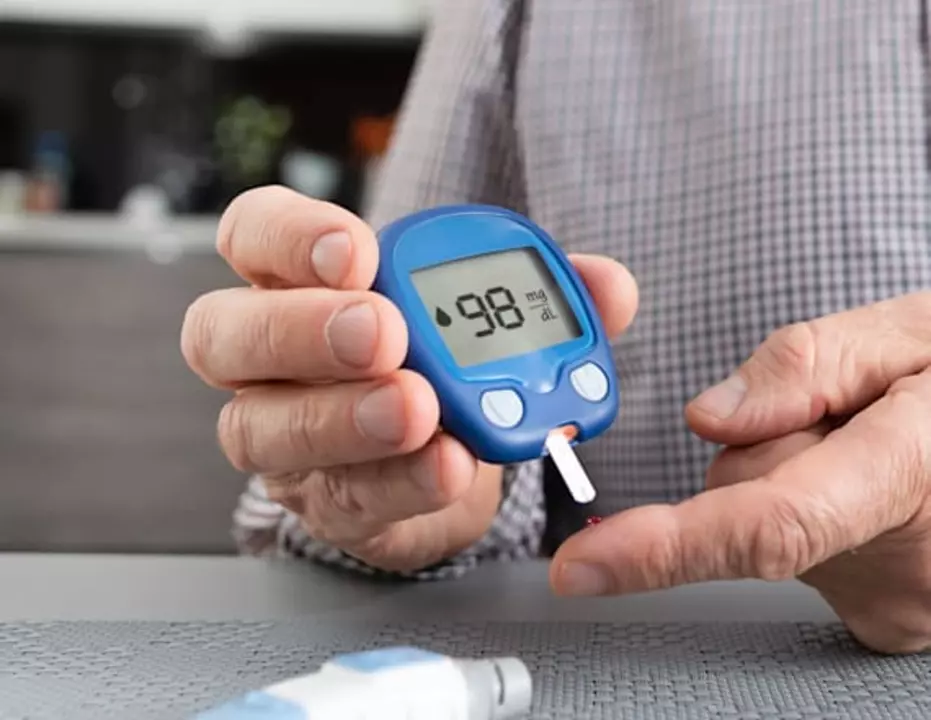Ranolazine: Straightforward Guide to Uses, Side Effects, and Smart Medication Tips
Wondering what ranolazine does or if it’s the right fit for you? You’re not alone. Many folks with chronic angina (chest pain related to heart issues) look for solutions that actually make everyday life easier. Ranolazine stands out because it doesn’t just widen blood vessels like most heart drugs—it works differently by helping your heart muscle use energy more efficiently. That means less chest pain without lowering your blood pressure too much, which is handy for those who struggle with dizziness or fatigue from other meds.
Doctors usually prescribe ranolazine as a tablet for people whose angina hasn’t improved with regular treatments. It’s not a quick relief pill for chest pain attacks, but a long-hauler that works best when taken consistently. Consistency is key—skipping doses can bring the pain right back, so keep it in your daily routine. Want to know something practical? You can take it with or without food, so no need to plan your whole day around your pill schedule. Just don’t crush, split, or chew the tablets—they’re designed for slow release.
Side effects can be a worry with any medication. With ranolazine, the most common ones are mild: headaches, constipation, and sometimes dizziness. Once in a while, a few folks report feeling nauseous, but serious effects are rare. More importantly, make sure your doctor knows about all the other meds you’re taking—ranolazine can interact with drugs like certain antifungals, antibiotics, and even grapefruit juice, leading to unexpected problems. If you have kidney or liver issues, bring it up before starting. Simple stuff, but often overlooked.
Many people ask: How do you know if it’s working? With ranolazine, you’ll probably notice fewer episodes of chest pain and more freedom with exercise or daily activities. If you’re tracking your angina attacks, jotting down when they happen can help you and your doctor see if things are moving in the right direction.
Costs can add up, especially for brand-name ranolazine (often called Ranexa). Prices vary a lot depending on where you get it. Discount pharmacy cards and online resources can sometimes help you score a better deal, so shop around. Just stick to reputable sources—counterfeit heart medications are more common than you’d think.
Want to know a little trick? Some people get the best results by combining ranolazine with other heart meds. If your doctor suggests this, don’t be surprised—combination therapy is common with chronic angina. Always double-check what you’re taking and how it fits with your lifestyle and routine.
For anyone starting or considering ranolazine, one tip stands out: keep the conversation going with your healthcare provider. Track your symptoms, ask about interactions with supplements, and raise any concerns early—it trims down the risk and helps you get the most out of your treatment.
Ranolazine and its potential benefits for diabetic patients
As a blogger, I recently came across some interesting information on Ranolazine and its potential benefits for diabetic patients. Ranolazine, primarily used to treat chronic angina, has shown promising results in improving glycemic control in diabetic patients. Some studies suggest that it may increase insulin sensitivity and reduce HbA1c levels, contributing to better blood sugar management. Moreover, Ranolazine appears to have minimal side effects when used in conjunction with other diabetes medications. This breakthrough could mean a significant improvement in the quality of life for individuals struggling to manage their diabetes.
